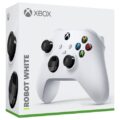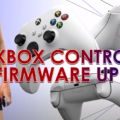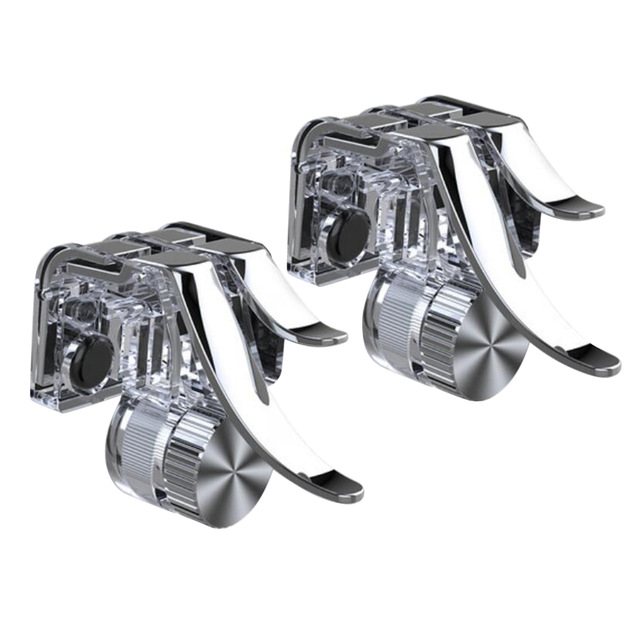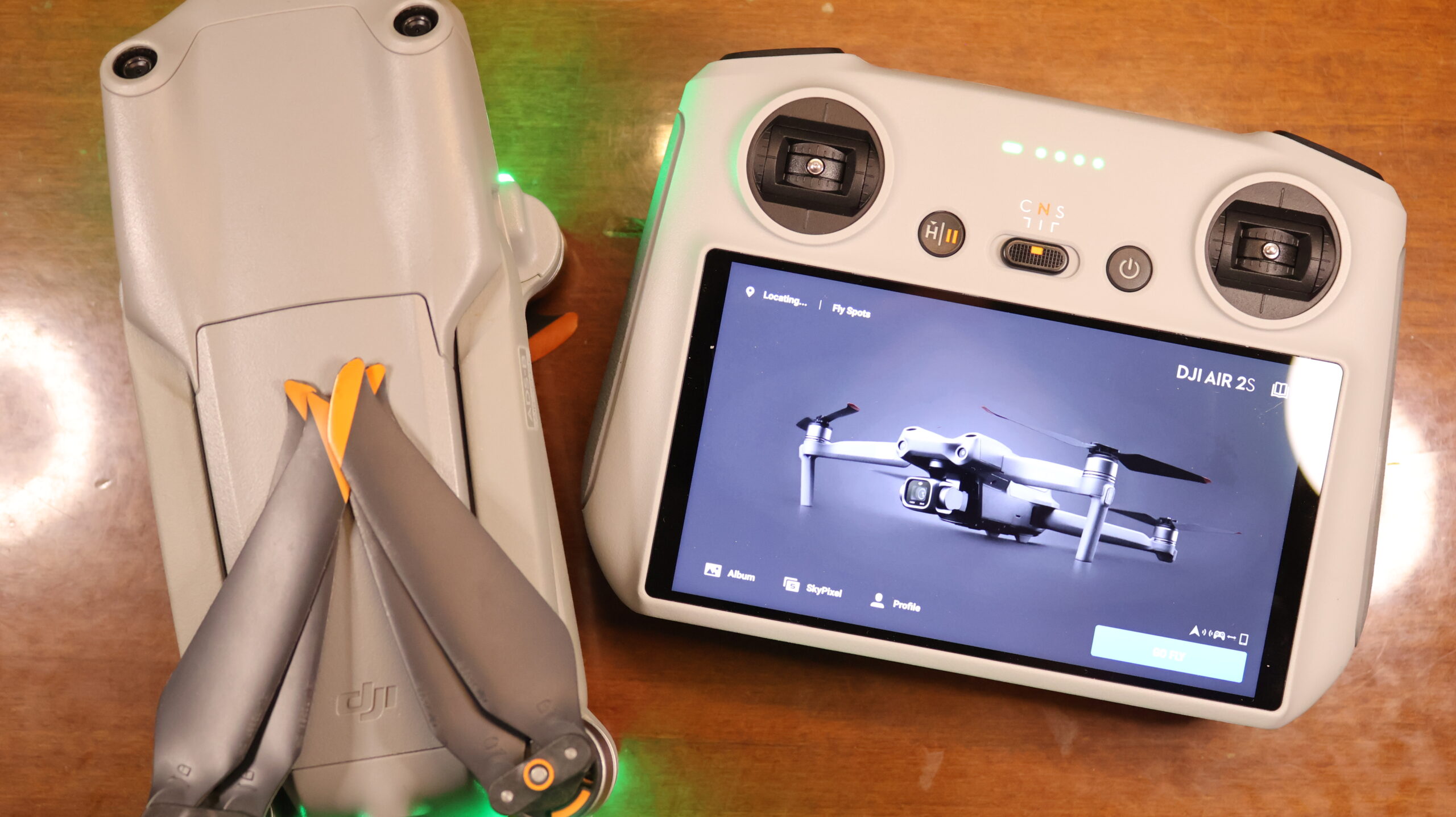
In comparison to my phone, the performance is sluggish and it’s impossible to edit 4k videos on it, so i have to copy my files twice, which takes too much time. The zoom rocker not working and the half press to focus is not so useful. So the bottom line, in retrospective, i think it may not have been the best investment.
DJI is one of the leading brands in the drone industry, offering a range of high-quality drones and accessories for various purposes. One of the most important accessories for any drone pilot is the controller, which allows you to control the drone’s flight and camera settings, as well as view the live video feed from the drone’s camera.
DJI offers several controller options for its drones, each with its own features and advantages. In this blog post, we will review the DJI RC controller (2022), which is a new model that comes with a built-in screen and is compatible with several DJI drones, such as the Mavic 3 series, the Mini 3 Pro, and the Air 2S. We will also compare it with the DJI RC-N1 controller, which is a standard model that does not have a built-in screen and requires a mobile device to be attached to it.
DJI RC Controller (2022) Features and Benefits
The DJI RC controller (2022) has a sleek and comfortable design and a 5.5-inch built-in screen with a resolution of 1920×1080 pixels and a brightness of 700 cd/m². The screen allows you to view the live video feed from the drone’s camera without needing to connect a mobile device, which can save battery life and free up your phone for other uses. The screen also has an anti-glare coating and an adjustable angle to ensure optimal visibility in different lighting conditions.
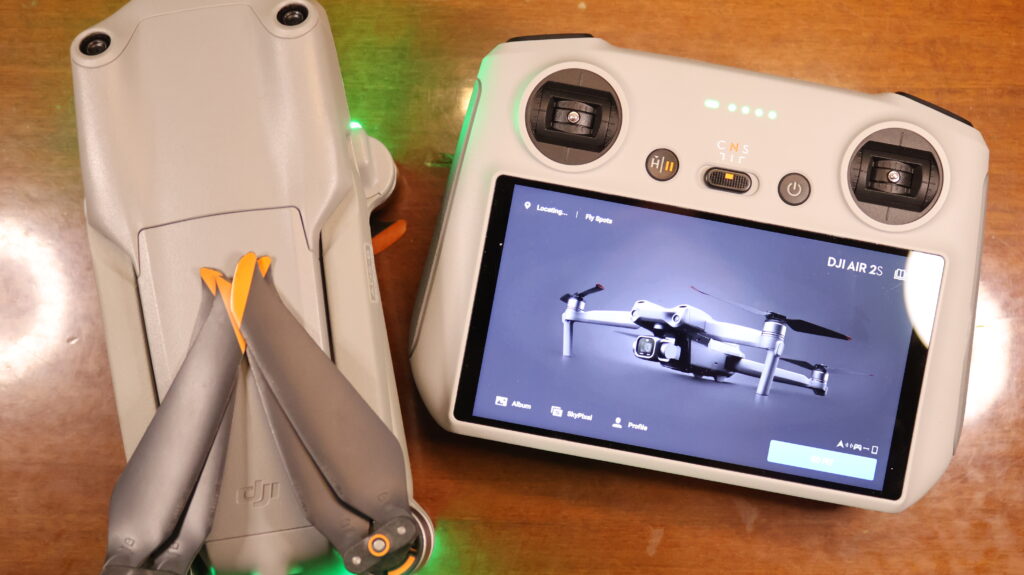
The DJI RC controller has a transmission range of up to 8 km (CE) and supports OcuSync 3.0, which is DJI’s advanced transmission technology that provides reliable and stable video transmission with low latency and high image quality. The controller also supports dual-frequency switching, which automatically switches between 2.4 GHz and 5.8 GHz frequencies to avoid interference and ensure optimal performance.
The DJI RC controller has a user-friendly interface that allows you to easily access various functions and settings of the drone, such as flight modes, camera modes, gimbal settings, intelligent features, etc. The controller also has dedicated buttons for taking photos, recording videos, returning home, pausing flight, etc., as well as two customizable buttons that you can assign to your preferred functions.
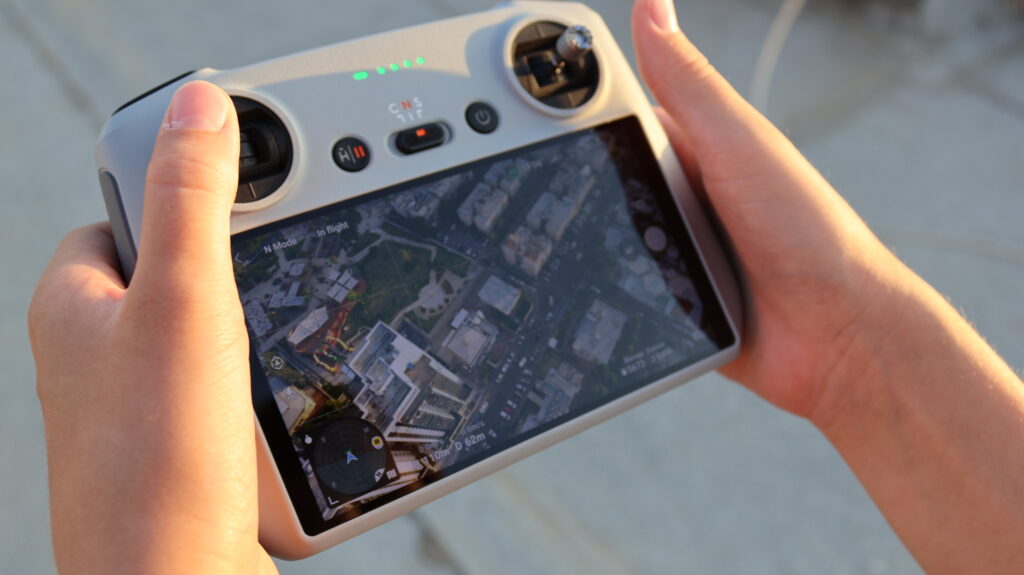
The DJI RC controller (2022) has a built-in battery that can last up to 4 hours on a single charge. The controller also has two USB-C ports: one for charging the controller or connecting it to other devices, and one for host mode, which means you can connect external devices such as disk drives or memory cards to expand the storage capacity or transfer files. The host mode USB-C port is located on the left side of the controller, while the regular USB-C port is located on the bottom.
The DJI RC controller also has a microSD card slot that can support up to 512 GB of additional storage space. You can use the microSD card to store screen recordings or screenshots from the controller’s screen.
The DJI RC controller is compatible with several DJI drones, such as:
- Mavic 3 series: Mavic 3 Pro Cine, Mavic 3 Pro, Mavic 3 Cine, Mavic 3
- Mini 3 Pro
- Air 2S
DJI RC-N1 Controller Features and Benefits
The DJI RC-N1 controller is a standard controller that does not have a built-in screen and requires a mobile device to be attached to it via a cable or Wi-Fi. The mobile device acts as the screen for viewing the live video feed from the drone’s camera, as well as accessing various functions and settings of the drone through the DJI Fly app.
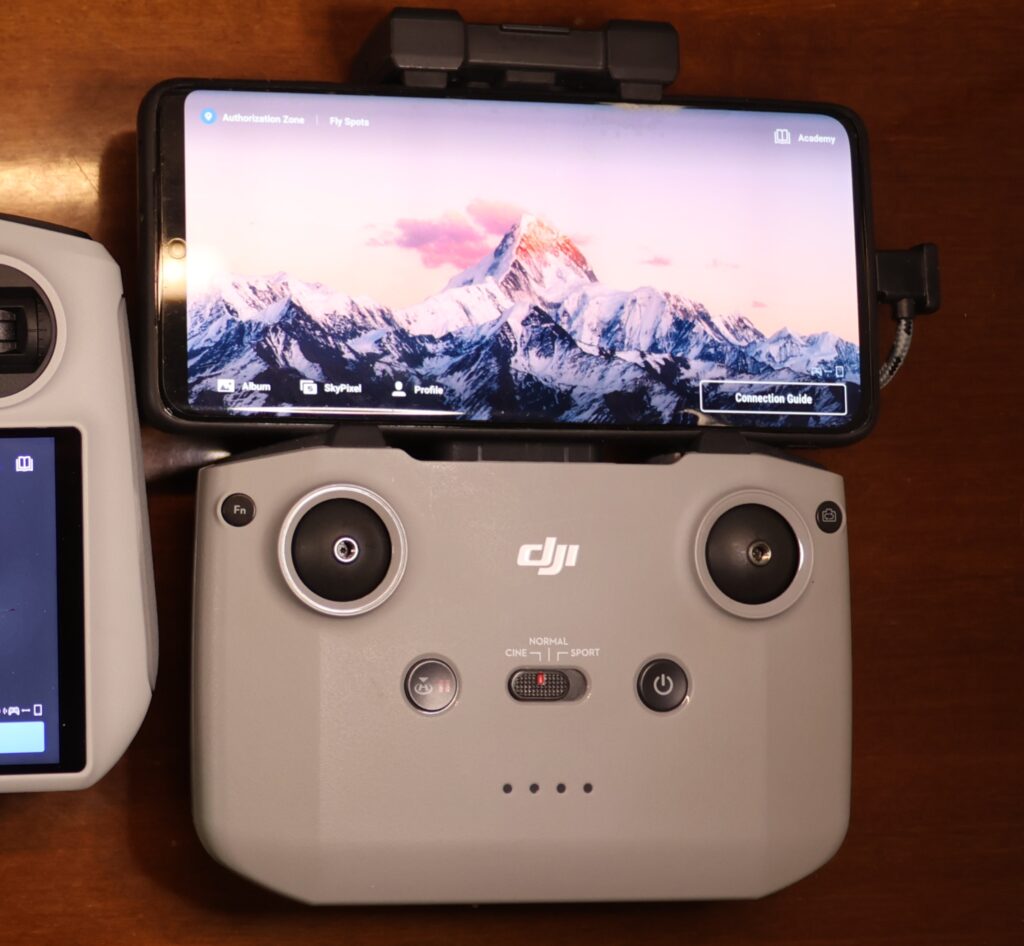
The DJI RC-N1 controller has a transmission range of up to 8 km (CE) and supports OcuSync 3.0, which is DJI’s advanced transmission technology that provides reliable and stable video transmission with low latency and high image quality. The controller also supports dual-frequency switching, which automatically switches between 2.4 GHz and 5.8 GHz frequencies to avoid interference and ensure optimal performance.
The DJI RC-N1 controller has a simple design and layout that makes it easy to use. The controller has one button for switching between taking photos or recording videos, one button for returning home or pausing flight, one button for adjusting exposure or focus mode, one button for accessing quick settings or intelligent features, as well as two customizable buttons that you can assign to your preferred functions.
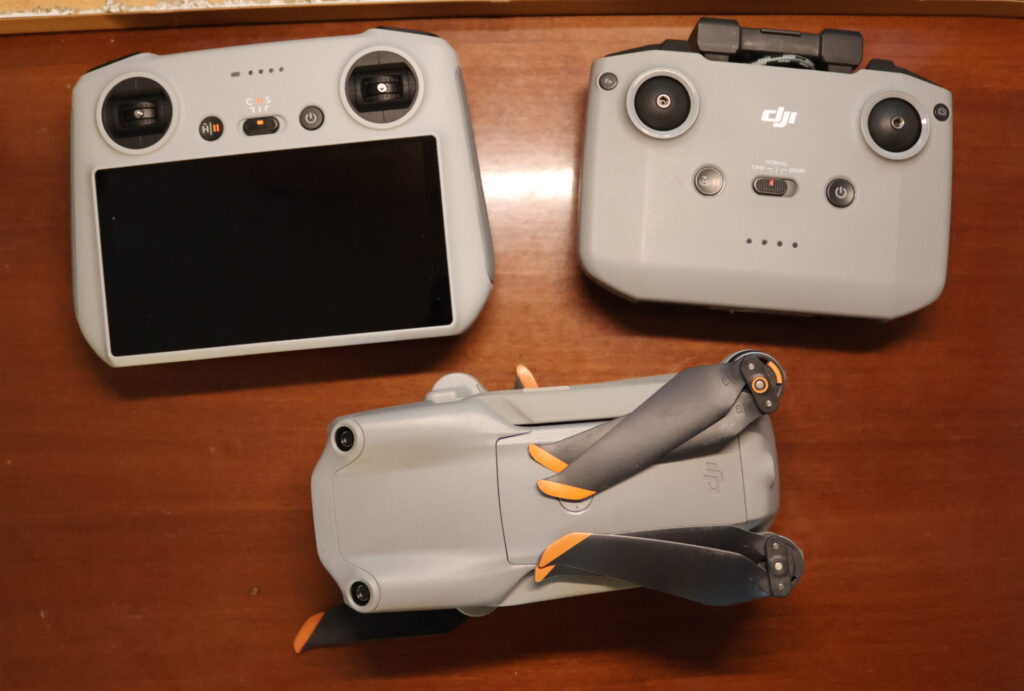
The DJI RC-N1 controller has an internal battery that can last up to 6 hours on a single charge. The controller also has a USB-C port that can be used to charge the controller or connect it to other devices. The USB-C port does not support host mode, which means you cannot connect external devices such as disk drives or memory cards to the controller.
The DJI RC-N1 controller is compatible with several DJI drones, such as:
- Mavic 3 series: Mavic 3 Pro Cine, Mavic 3 Pro, Mavic 3 Cine, Mavic 3
- Mini 3 Pro
- Air 2S
- Mini 2
- Mavic Air 2
DJI RC Controller (2022) vs DJI RC-N1 Controller Comparison
The following table summarizes the main differences and similarities between the DJI RC controller (2022) and the DJI RC-N1 controller:
| Feature | DJI RC Controller (2022) | DJI RC-N1 Controller |
| Screen | Built-in 5.5-inch screen with 1920×1080 resolution and 700 cd/m² brightness | No built-in screen, requires a mobile device to be attached |
| Transmission range | Up to 8 km (CE) | Up to 8 km (CE) |
| Transmission technology | OcuSync 3.0 with dual-frequency switching | OcuSync 3.0 with dual-frequency switching |
| Buttons | Dedicated buttons for taking photos, recording videos, returning home, pausing flight, etc., and two customizable buttons | One button for switching between taking photos or recording videos, one button for returning home or pausing flight, one button for adjusting exposure or focus mode, one button for accessing quick settings or intelligent features, and two customizable buttons |
| Battery | Built-in battery with up to 4 hours of battery life | Internal battery with up to 6 hours of battery life |
| Ports | Two USB-C ports: one regular and one with host mode support | One USB-C port without host mode support |
| Storage | Expandable storage via microSD card slot or host mode USB-C port | No expandable storage |
| Weight | Approx. 390 g | Approx. 420 g |
| Startup time | Longer startup time due to loading Android OS and DJI Fly app | Shorter startup time without needing to load Android OS and DJI Fly app |
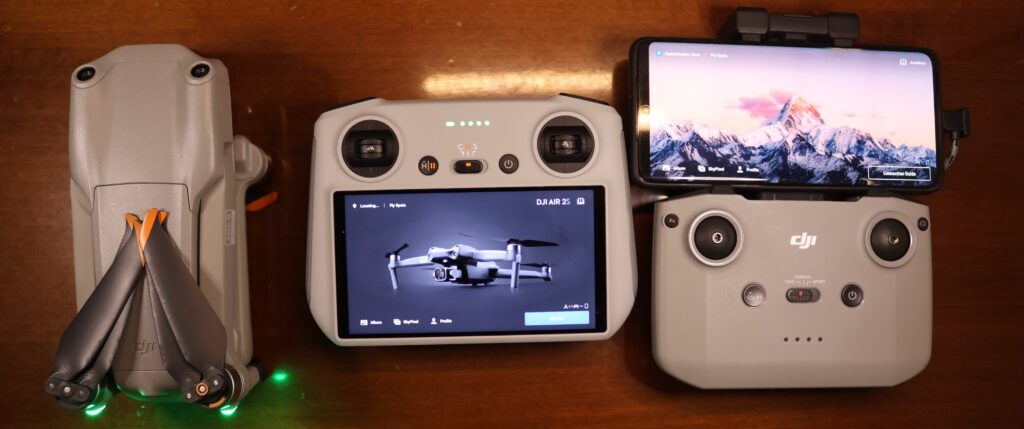
Which Controller Should You Choose?
The choice of the controller depends on your personal preferences and needs. Here are some factors to consider when choosing between the DJI RC controller (2022) and the DJI RC-N1 controller:
- Screen: If you prefer to have a built-in screen that does not require a mobile device, then the DJI RC controller (2022) is a better option. The built-in screen can save battery life and free up your phone for other uses. However, if you don’t mind using your mobile device as the screen, then the DJI RC-N1 controller can be a good option. The mobile device can offer a larger screen size and a higher brightness level than the built-in screen, depending on the model of your device.
- Battery life: If you need a longer battery life for your controller, then the DJI RC-N1 controller is a better option. The internal battery can last up to 6 hours on a single charge, while the built-in battery of the DJI RC controller (2022) can last up to 4 hours. However, you should also consider the battery life of your mobile device when using the DJI RC-N1 controller, as it can drain faster when connected to the controller.
- Ports: Both controllers have a USB-C port that can be used to charge the controller or connect it to other devices. However, if you need host mode support for connecting external devices such as disk drives or memory cards to the controller, then the DJI RC controller is a better option. The USB-C port of the DJI RC-N1 controller does not support host mode and cannot connect external devices to the controller.
- Storage: If you need more storage space for your screen recordings or screenshots, then the DJI RC controller is a better option. The controller has a microSD card slot that can support up to 512 GB of additional
Conclusion
The DJI RC controller and the DJI RC-N1 controller are both high-quality controllers that offer reliable and stable video transmission, user-friendly interface, and compatibility with several DJI drones. However, they also have some differences that may affect your choice depending on your preferences and needs. The DJI RC controller (2022) has a built-in screen, host mode support, expandable storage, and a lighter weight, but also a shorter battery life and a longer startup time. The DJI RC-N1 controller does not have a built-in screen, host mode support, or expandable storage, but has a longer battery life and a shorter startup time. You should consider these factors when choosing the best controller for your drone flying experience.
